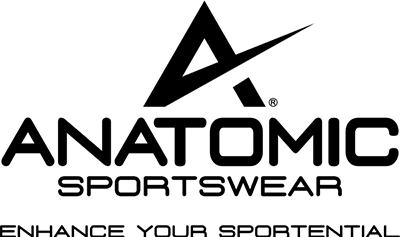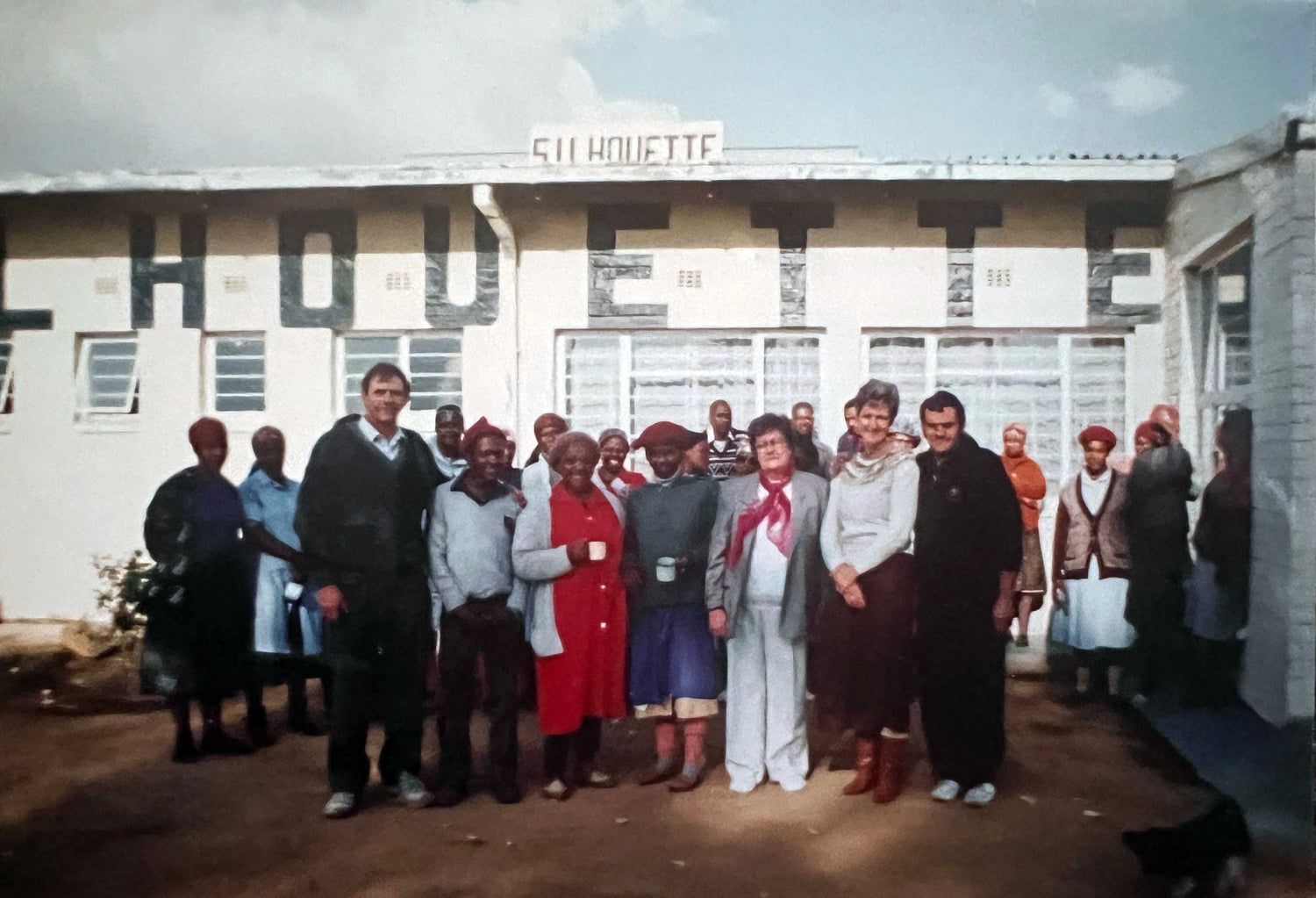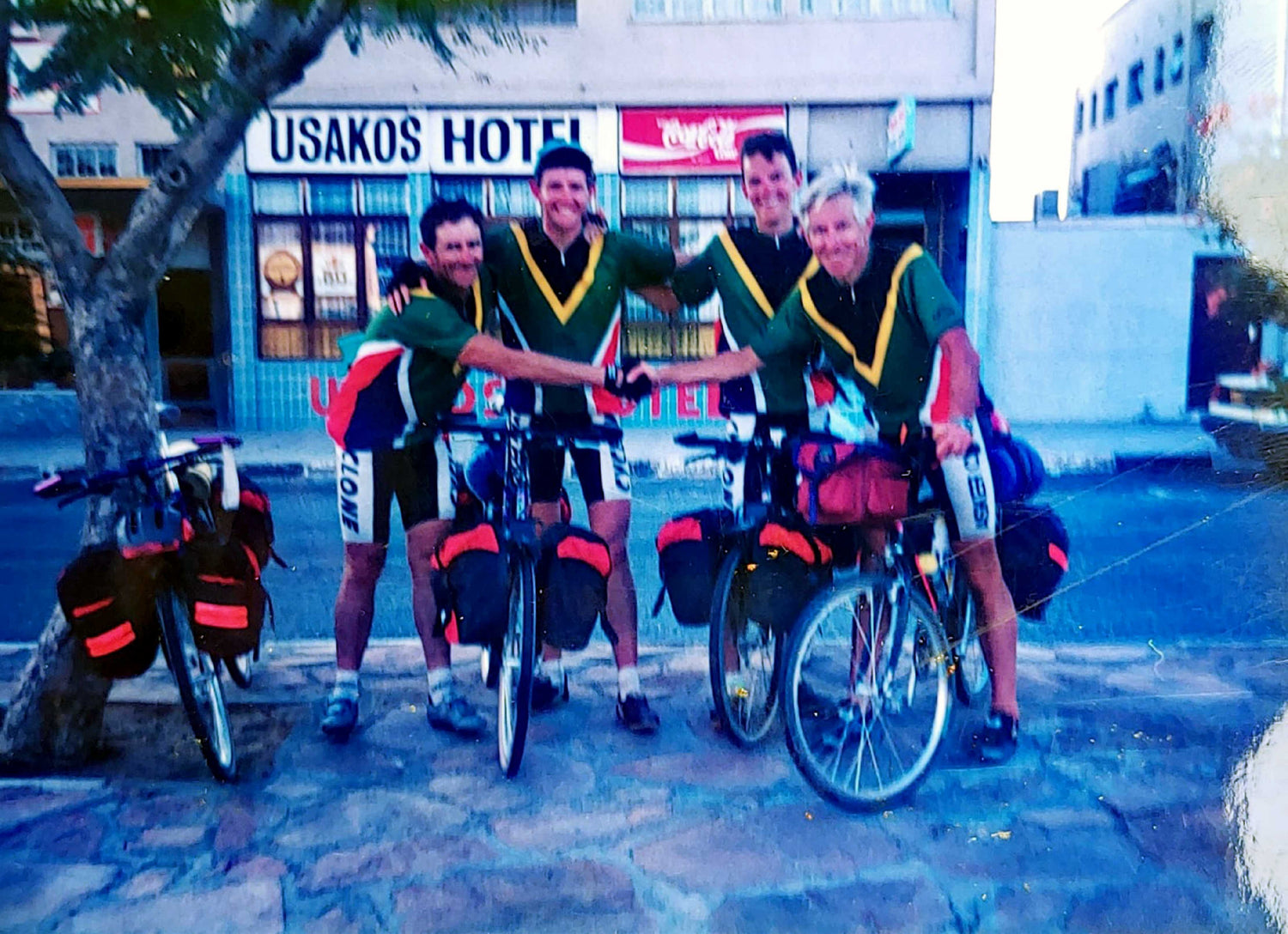Our Story
The story of our organization reads like a love story with an exciting plotline. Everyone who works here can say that they believe the work they do makes a positive difference in the world and that's why it's satisfying and enjoyable to work here. How many people in the world can say the same about their work?
In 1982, Hannes Koekemoer, a mining engineer by profession, bought a pantihose factory in Parys, Free State, South Africa. On June 1st, 1982, he and 17 workers embarked on a journey that would turn out to be far from where they started on day one. Within two weeks, Hannes decided that pantihose weren't for him. He immediately changed all the settings on the machines to start knitting thicker tights that would no longer provide ladies with delicate stockings on stiletto heels, but to provide footless tights to the then-emerging sports; aerobics and modern dancing. Suddenly, everyone wanted to be fit - it was almost like a frenzy that had swept the world like a tidal wave. Masses of people joined gyms, fitness studios and dance schools to “workout” until they almost collapsed to the beat of loud rhythmic music that pumped adrenaline beyond all limits.
It was also during this time that the first meters of stretchable fabric and two sewing machines were purchased to manufacture leotards for the gyms and dance studios. Immediately, Hannes felt that he was now using his machines for something he believed in. Being fit himself was his dream and during this time he decided to start cycling and the first candidates he convinced to join him were his three children. Proper cycling shorts with chamois seat-inserts were almost unheard of in South Africa in those years. The stretchable fabric used for leotards was quickly put to use to manufacture our first cycling shorts. What an epic moment it was when Dad paraded with his first cycling shorts which he made himself! Meanwhile, Hannes joined a cycling club and his club members asked him where he got his cycling shorts. To hear that he had made them himself left them amazed and it was right there in the parking lot where the club members met on Saturday mornings that they decided our factory would manufacture cycling clothing for their club. A bunch of firsts followed the first cycling shorts. We learnt about the printing process called sublimation-printing. The first printing machine was purchased. The first cans of sublimation ink entered the factory and the first workers in the newly created printing department had to be trained. The fine art of sublimation printing had to be mastered immediately and the sewing machine workers had to learn how to insert zippers into shirts and chamois paddings into shorts.
In the saddle each cycling garment was organically developed as the needs arose over the years. Hannes is probably the person who collectively completed the most Argus events (34) and 94.7 races (23) consecutively. He also completed a number of AUDAX events. These events are extreme distance cycling events. He completed Edinburgh-London and Paris-Brest-Paris. His favourite events however were recreational cycling tours criss-crossing South Africa and Namibia. His engineering brain was always at work developing clothing that would make the sport of cycling more enjoyable. Sometimes, he came up with revolutionary inventions: e.g. UV arm-sleeves to protect riders and runners against sunburn (early 90’s). A reuseable, remove-while-riding Chest Warmer for cyclists (late 90’s). Ladies cycling bib-shorts with a zip on the lower back to allow women to quickly and easily take a nature break without getting undressed (2004). Anatomic was also the first to replace the chamois inserts in cycling shorts with open-cell synthetic paddings that would dry faster, not harden, not crack, and be more hygienic. To promote safety Anatomic developed a full range of high visible cycling clothing for the South African market. In 1994 Hannes immigrated to the “new” South Africa, he embraced the new SA flag and the first SA merchandise wear saw the light.
In 1993 Attie (Hannes’ son) took up running. In 1997 he ran the City to City Marathon in a running vest and shorts manufactured by our own factory. Since then and after a number of marathons and Comrades runs, Anatomic has built a range of performance run-wear that makes us proud.
Attie is so passionate about making sports accessible to everyone that during Covid he decided to develop the family farm of 170 years into a trail park with routes where cyclists, runners, rowers, and horse riders can come and enjoy themselves and have a true wilderness experience (Koedoeslaagte Trail Park). Attie does everything in his power to lead by example to live a healthy and fit life, and all the factory workers have bought into his passion and 3 clubs have already emerged from the ranks of the workers. A cycling club, a cycling club just for ladies and a running club. Their inspiration spread through the community where they live and these clubs have expanded into the community. The dream is and remains to inspire everyone to keep themselves fit. Attie started a community project from the factory and on the factory grounds to give children the opportunity to ride a bicycle. It's free and children from all community groups are lining up to be part of it. He gets help from the factory staff, from the village community, and especially parents who sacrifice their precious time to help with this. Since many of the children don't have bikes, old and new bikes are collected from everywhere, and help with the maintenance of these bikes also comes from the factory and the community.
Amelie, one of Hannes’ granddaughters, is a passionate horse rider, and under her guidance, the horseriding activities on Koedoeslaagte have grown and we design and develop equestrian clothing for the Western market that South Africa has never seen before.
The engine room of the factory is truly impressive. Behind all the operations we have built a highly artistic and effective art department working to create the most beautiful designs for the sports market. Part of this engine is the pattern department, which consistently works on patterns, improves and changes them and regularly comes up with new innovations. The third component of the engine room is the team that studies fabrics, especially functional fabrics suitable for the sportswear we produce in our climate conditions. A well-oiled sublimation printing facility handles all the printing and the needlework department and shipping constitute the final component. All in-house! Our factory takes pride in a workforce that, on average, has been with us for 15 years.


